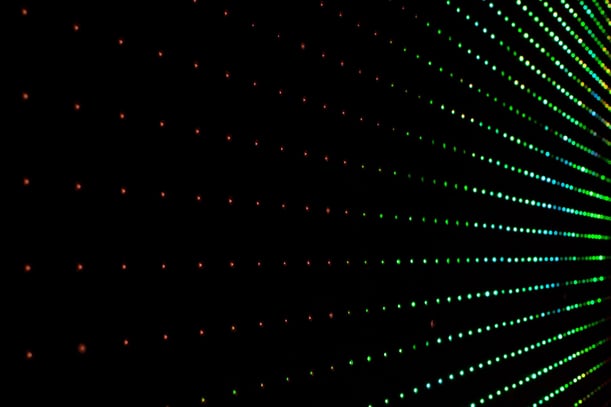Designers in a variety of industries are reaping the rewards of top-down design. Are you? Let’s find out more.

One of the hottest topics in product development right now is top-down design. Designers in a multitude of disciplines are discovering its benefits, including how it makes increasingly complex designs with interconnected components much more straightforward. How about you?
In this article, we’ll dive deeper into top-down design. We’ll define it, outline its benefits and suggest ways to use it. Let’s get started.
What is top-down design?
Top-down design is a methodology used in CAD aiming to simplify product development where there are many components with complex relationships.
It starts with a basic sketch at the top of the model tree, to which you can add more complexity. The sketch should convey your design intent and provide a platform for more geometry. It should focus on the overall shape and function, allowing other teams on the project to work on other components.
The alternative to top-down design is (obviously) bottom-up design. With bottom-up, you start by designing the individual components, which you merge until the form of the product comes together.
Examples in industry
Top-down design is already used by designers of all kinds of products, including MRI scanners, printers and electric vehicles. In engineering, top-down design is making waves in three ways:
- Product development – The top-down approach is ideal for products requiring custom components, materials and geometry
- Computer science - Top-down design ensures a clear understanding of the software’s overall purpose before writing individual code modules
- Management - Top-down design gives more people decision-making powers, which can help create a more vibrant company culture
Benefits of top-down design
So, why is top-down design taking product development by storm? It’s because it delivers a wide range of benefits.
Firstly, top-down design helps designers clarify how the components that make up the whole relate to each other. For example, if you’re creating a car, you can use top-down design to break down the entire vehicle design, from the battery and the wheels to the fun stuff like in-car entertainment and heated seats.
Top-down design also makes it easier for specialised teams to collaborate on the project, designing separately but sharing their work with the rest of the organisation. CAD software takes care of version control and keeping the design intent in one place, while managers have greater visibility into the progress of the design. Top-down design enables designers to make more informed decisions and ensure the final product aligns with the company’s business goals.
Top-down design in practice
Finally, let’s look at four ways you can use top-down design in your day-to-day design work:
- Master models – Master models in 3D CAD modelling can contain information on dimensions, surfaces and layouts for assemblies and subsystems, accessible by each part
- Assembly context – Context is crucial to understanding how a part fits into the whole and how changes affect the other parts up and downstream
- Multi-body part designs – Integrate multi-body product design with the master model for faster conceptualisation and more solid data sharing
- Skeletons – The initial basic sketch is called the ‘skeleton’, capturing design intent and tracking references within the design
In conclusion, top-down design delivers a wide range of benefits which you should be taking advantage of right now. It could even boost your bottom line, as with top-down design, changes to any part of a model are easier as the CAD software automatically applies them to affected components, saving time and money.
So, what are you waiting for? Your competitive edge could depend on top-down design.
